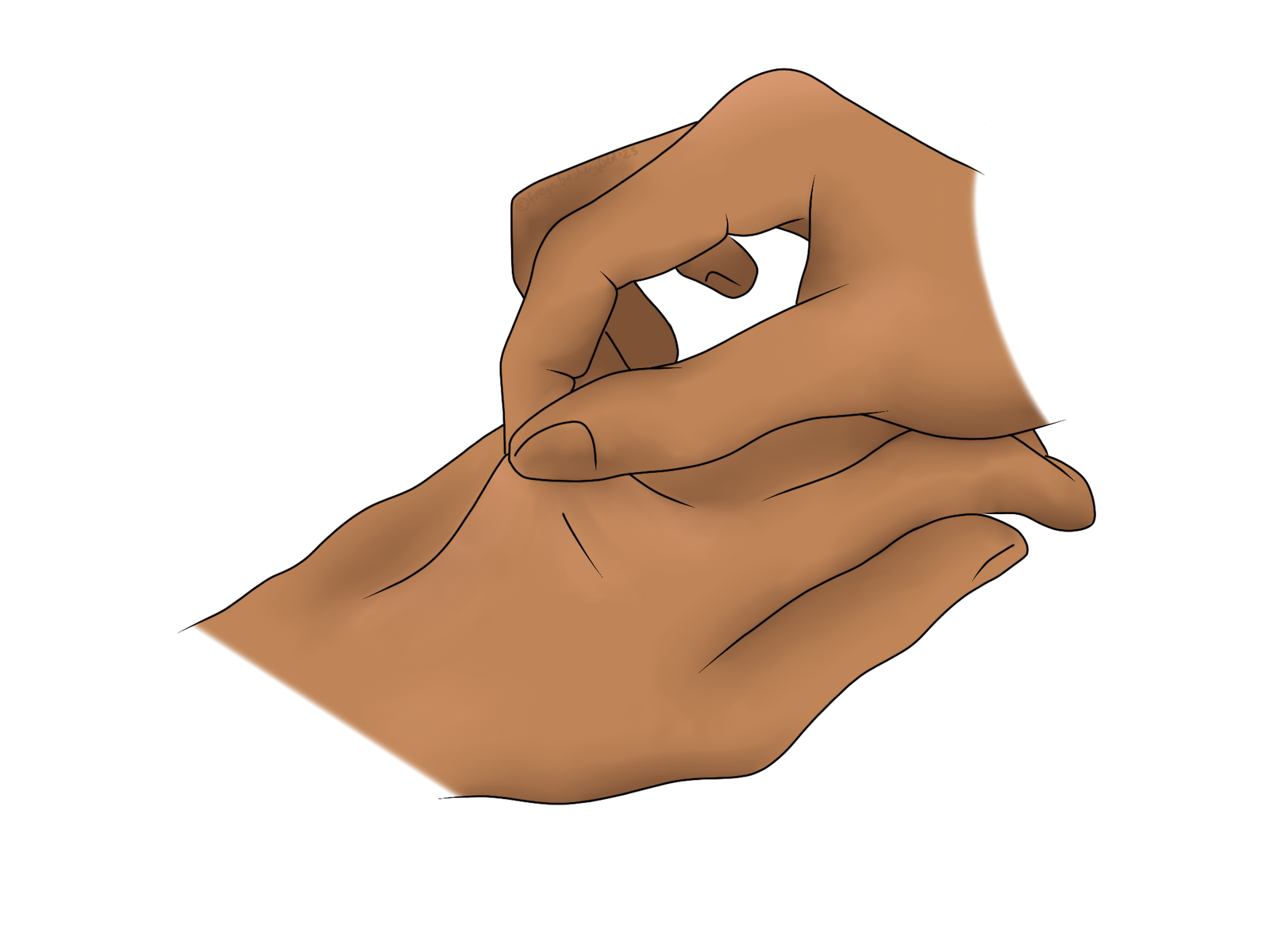Ehlers-Danlos Syndrome is an umbrella term for a number of rare connective tissue disorders. The…

Compartment Syndrome
Compartment syndrome is a rare, but potentially serious condition affecting the calf or forearm. The compartment in question is a section of muscle, blood vessels, and other tissues. In this condition, the pressure within the compartment rises, reducing the blood supply within it. Over time, this can damage the tissues in the compartment, which is irreversible when left for long enough.
Acute Compartment Syndrome
“Acute” in this case refers to the duration, although the intensity of symptoms is high too. This form is a medical emergency. Severe pain comes on quickly in one area of a limb (typically the front of the lower leg, but other areas can be affected too). Moving the limb can become difficult and more painful, whether you are moving it actively or someone else is stretching it for you. Beyond the extreme pain, there may be numbness or pins and needles, and a pale colour to the area in later stages. Acute compartment syndrome can be a complication of another trauma, such as a fracture, surgery, or crush injury.
The NHS notes that you should call 999 or get to A&E immediately if you have “sudden, severe pain in any part of the body”
Treatment is typically surgical. Studies suggest that surgery within 6 hours of onset gives almost 100% of patients a full recovery. In contrast, surgery after 6 hours, but within 12 will lead to only 2/3 of patients regaining full limb function.
Chronic Compartment Syndrome
This is the form that feels more like shin splints or a benign soft tissue injury. With the chronic type, symptoms come and go over a long period, at a less intense level. They are brought on during exercise, subsiding when you rest. This feature has led to an alternative name: “exertional compartment syndrome”. You might find that only certain exercise brings on your symptoms. One management strategy is to switch your aggravating, higher intensity exercise for something less demanding on any one muscle group, such as swimming.
The condition often progresses over time, with symptoms returning after a shorter period of exercise, and relief taking longer to achieve. Although surgery is not generally a necessity as with acute compartment syndrome, it is still the best solution for some patients.
Osteopathy and Chronic Compartment Syndrome
If your pain brings you to your osteopath, we will first work to rule out other diagnoses. The condition can be mistaken for shin splints, especially when the compartment on the front of the lower leg is involved. But with a detailed case history and examination, we aim to identify the correct cause before starting treatment.
Working on the affected muscles is key. This applies to both post-surgical patients and those who have not needed surgery. Encouraging the muscles to stretch again is important for healing well after surgery. We can also help you to work out how much exercise is appropriate at any stage of your recovery. Rest is important at the start, but getting back to activity at the right point helps the soft tissues to heal.




